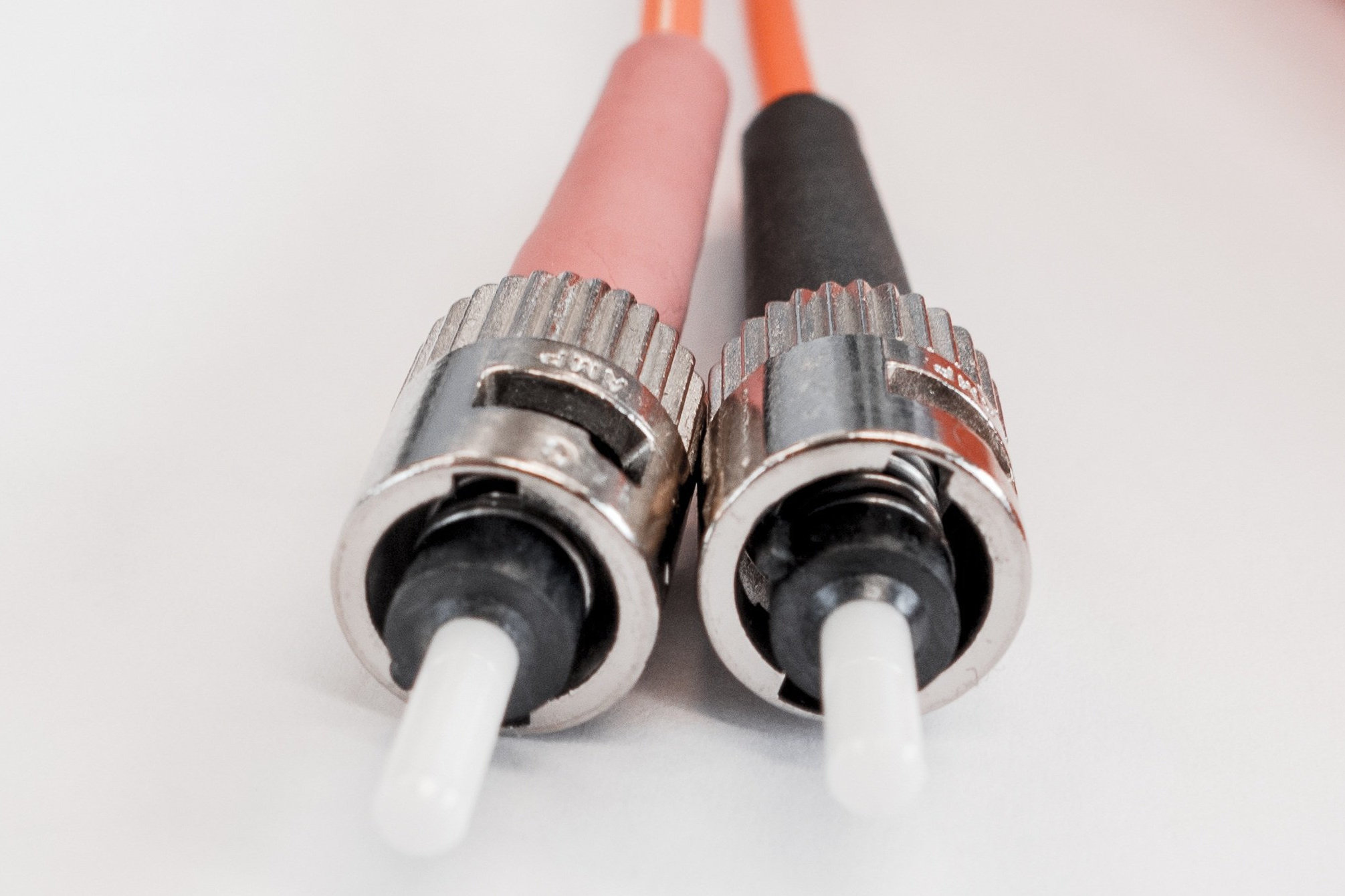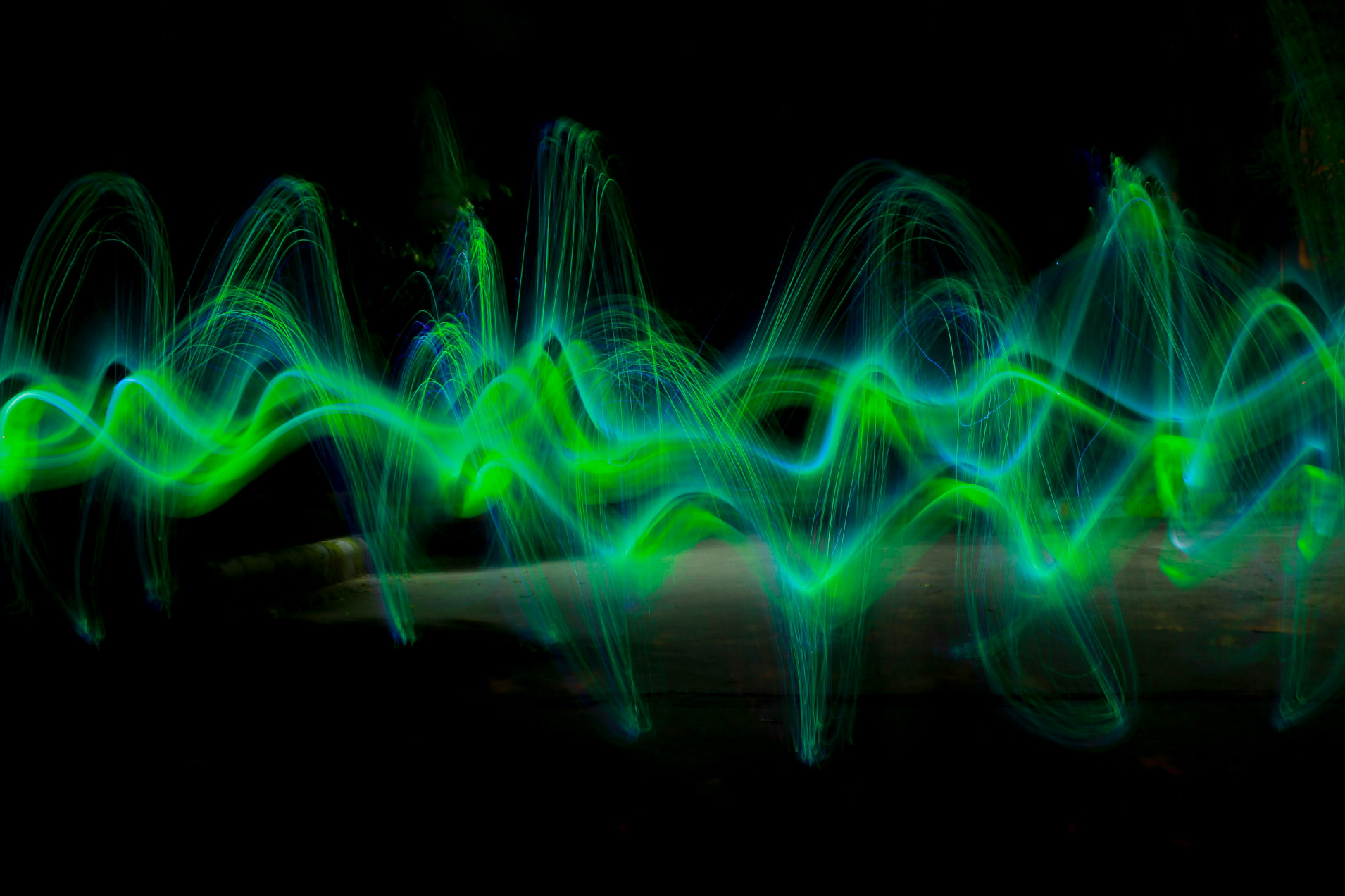Insertion Loss: Convert db to percent

Insertion loss for fiber optic cables: Convert attenuation from dB to percent
What is insertion loss?
In spectrometry, insertion loss refers to the power loss that occurs when coupling one optical fiber to another fiber or to other optical components.
In practice, optical fibers or optical waveguides are never perfectly aligned with each other and never have completely flat surfaces at their ends. In addition, even with practically perfect alignment, there is still a material transition from fiber to air and back to fiber, and refraction effects occur at this material transition, possibly including reflection. The uneven fiber ends can also lead to scattering errors and reflection, as can incorrect alignment of the fiber ends to each other.
The scattered or reflected beams are lost for the measurement process. In practice, losses always occur at the fiber transition: The output power is therefore inevitably lower than the input power. This difference is referred to as insertion loss.
Insertion loss is a logarithmic quantity and is specified in decibels (dB).
It is generally calculated as follows:
Insertion Loss = 10 * log(Input Power / Output Power)
Because we otherwise work so much more frequently with linear measures in everyday life, the comparison of logarithmic measures is often not very intuitive. Therefore, the insertion loss can be calculated here from dB to percent and vice versa.
The result should be regarded as an approximation, because strictly speaking, insertion loss, like refraction and the like, is wavelength-dependent. However, the difference will only become noticeable in a few decimal places.
Reducing insertion loss in spectrometry
The choice of fiber optic connector has a significant influence on the degree of attenuation. SMA 905 and FC are the two types you will usually find on a spectrometer. While SMA connections can generally only achieve attenuations of around 1 dB, FC connections can easily reach 0.3 dB. More about the comparison of SMA and FC plugs in this article.
You might also like

Nits, Lux, Lumen, Candela - calculating with light and lighting
Luminous flux, luminous intensity, luminance and co. - when is which quantity used and how can they be compared?


